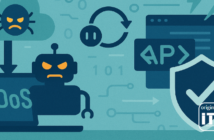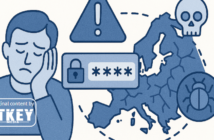Read part 1 here and part 2 here.
Things to Avoid When Designing E-Gov Platforms
When developing e-Gov platforms, there are several key pitfalls to avoid:
- Overlooking regional and ethnic user characteristics.
- Skipping essential research and testing phases.
- Disregarding accessibility requirements.
- Failing to understand the administrative, legal, municipal, fiscal, and other relevant processes the product must support.
- Neglecting the integration of the product with other services.
- Not testing localized versions of the platform.
- Using graphic materials that are irrelevant to the specific country or region.

Iryna Movchan, Team Designer at P2H
As our team designer, Iryna Movchan, points out, “When designing interfaces for government clients, it’s crucial to ensure accessibility for people with physical or cognitive impairments, protect users’ information, and develop a mobile-friendly version of the website.”
One unique aspect of government platforms is the lack of alternative or competing products. This creates both an advantage and a significant responsibility: the usability and functionality of these services, as well as how users interact with them, are entirely dependent on the design team’s decisions. Thus, thorough analytics, research, testing, and constant user feedback, and an understanding of regional and national specifics are essential to creating successful e-Gov platforms.
Quick Summary of the series:
User-friendly e-gov platforms allow government institutions to optimize resources, enhance transparency, quickly adapt to legislative changes, and better engage with citizens. Although many governments still struggle with outdated technologies and complex bureaucratic processes, a growing number are embracing modern technologies and prioritizing digitalization. This shift is driven by the increasing demand for accessible and inclusive services that cater to diverse user needs, including those of people with disabilities.

Kostiantyn is a freelance writer from Crimea but based in Lviv. He loves writing about IT and high tech because those topics are always upbeat and he’s an inherent optimist!





